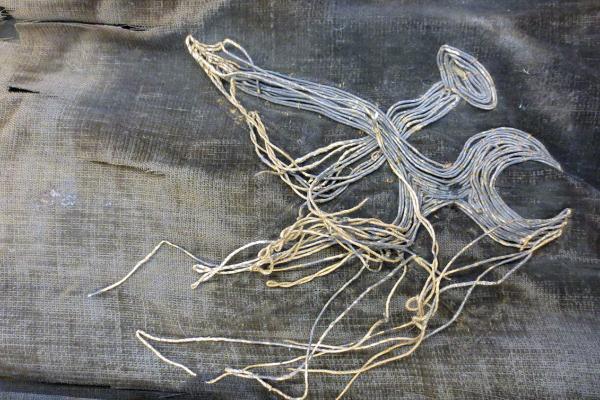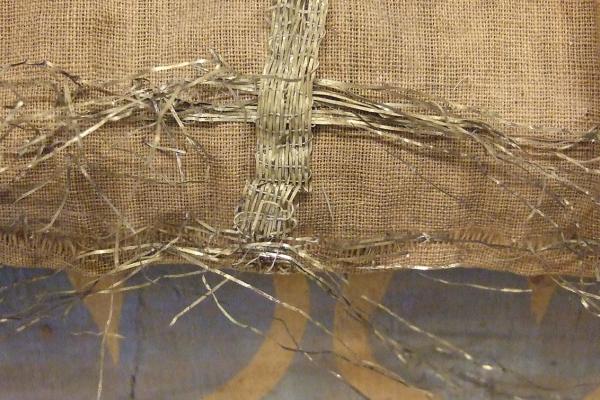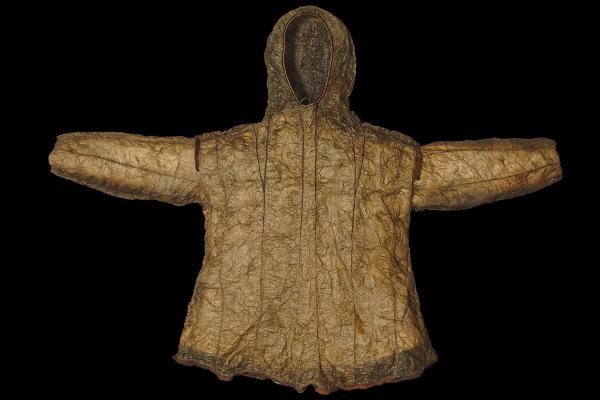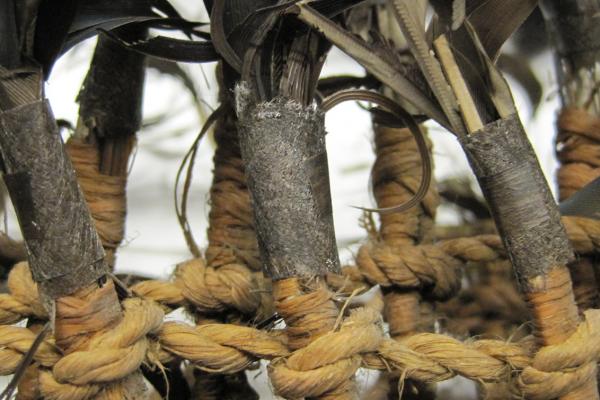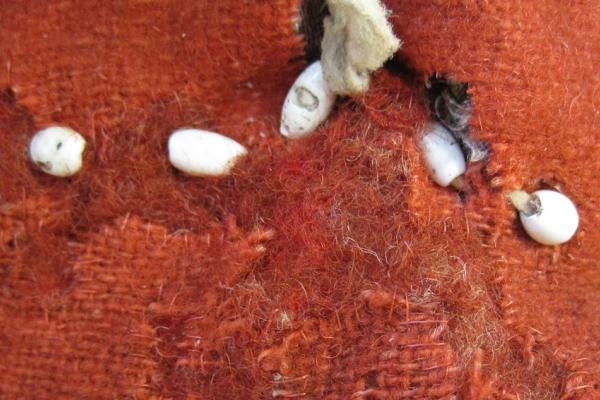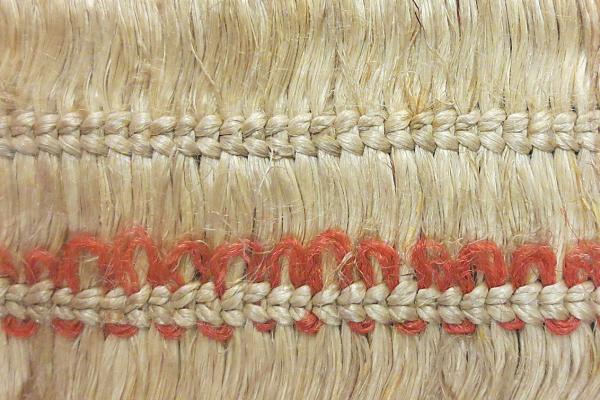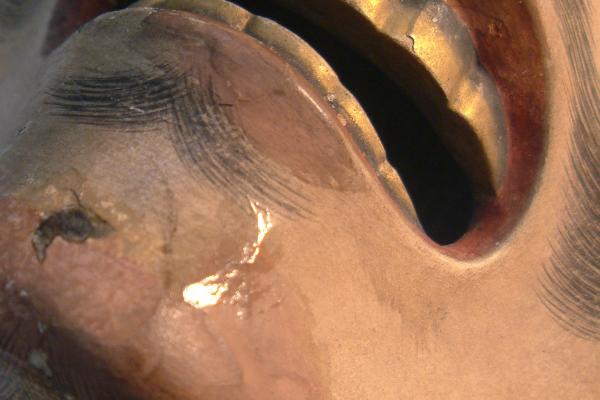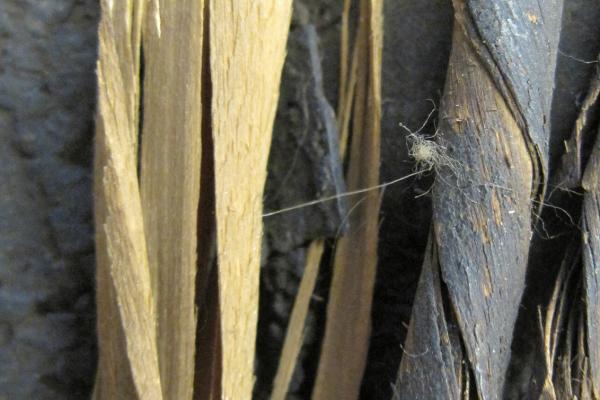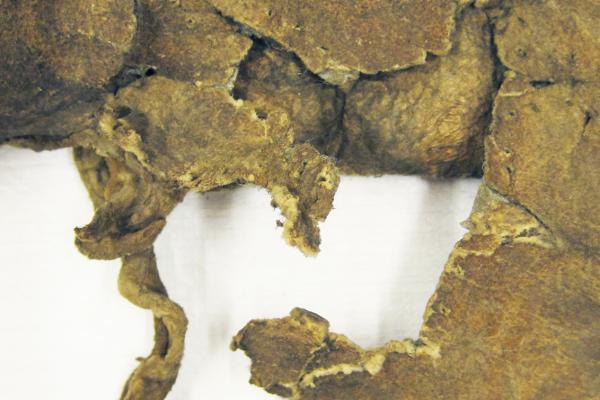Conservation
Underpinning every aspect of Museum activity is the work of conservators. Their understanding of the diverse materials from which ethnographic artefacts are made is vital. As well as conserving artefacts, they must advise on the control of Museum environment, prevent insect attack without deploying dangerous pesticides, and oversee the safe packing of artefacts for international loan or safe storage.
The case studies on this page document the work of the Museum conservators who are responsible for safeguarding the 300,000 artefacts in the Museum's collections for the future.
About conservation at the Museum
Conservators at the Pitt Rivers use a variety of techniques to stabilise, preserve and slow down the further deterioration of ethnographic objects. Techniques can include analysis of materials and historical research. These scientific approaches are coupled with an awareness of the sensitivities of originating communities. It is the job of the conservator to recognise and interpret the types of deterioration present in objects and to preserve them using the minimum amount of intervention.
Conservators working with ethnographic objects use detailed examination to help objects tell their own stories. Determining the life history of an object informs the conservators' decision making. Does the presence of dirt or damage to an object result from original use, or has it occurred during its time in the Museum? Are existing repairs the product of later alterations or has the originating community made them? Ethnographic conservators have to make tricky ethical decisions. If a method of repair performed by an originating community is now causing deterioration of the object, is it justifiable to remove it?
Case studies
Edo oni figures
Jagannath figures
Intestine garments
Tahitian mourner's costume
Lakota war bonnet
Māori cloaks
Noh theatrical masks
Ainu hunting quiver
Blackfoot shirts
Contact us
Head of Conservation, Jeremy Uden; jeremy.uden@prm.ox.ac.uk
Deputy Head of Conservation, Andrew Hughes; andrew.hughes@prm.ox.ac.uk
Conservator, Jenny Mitchell; Jennifer.mitchell@prm.ox.ac.uk


